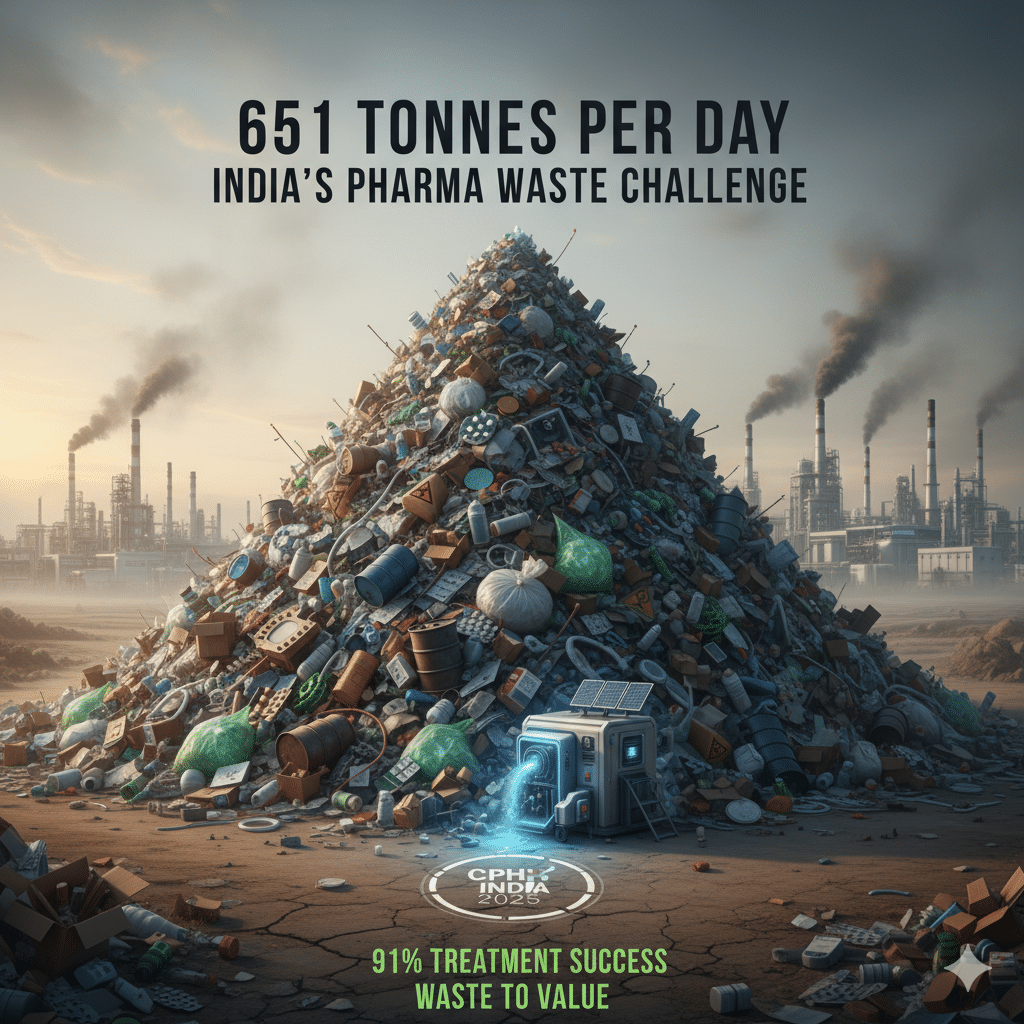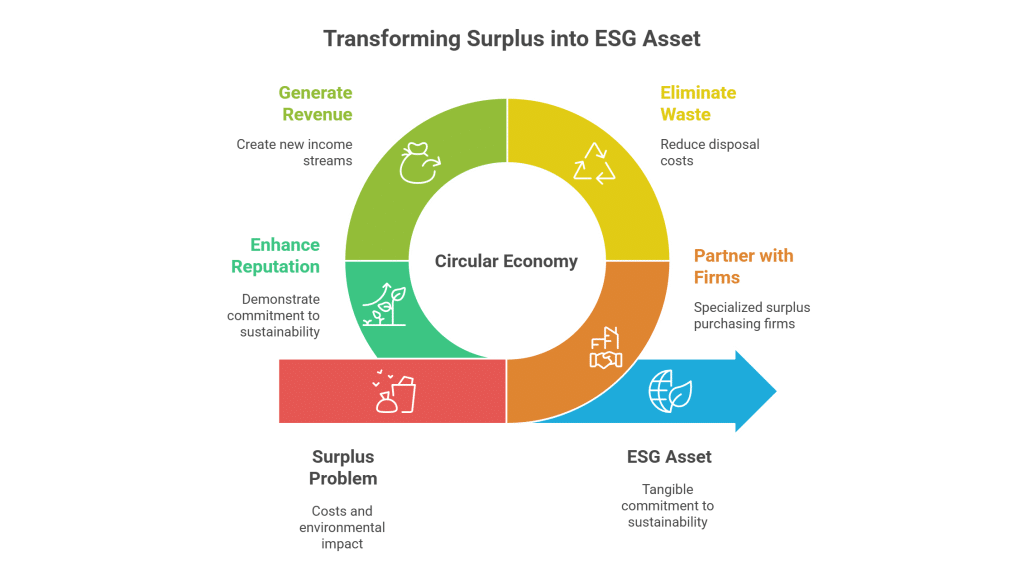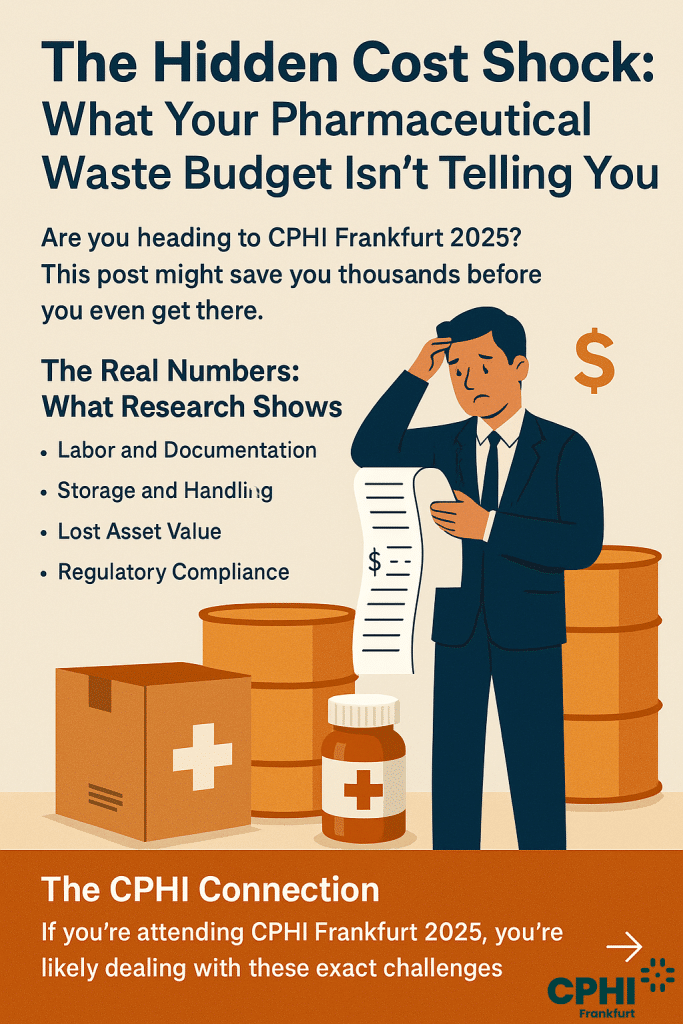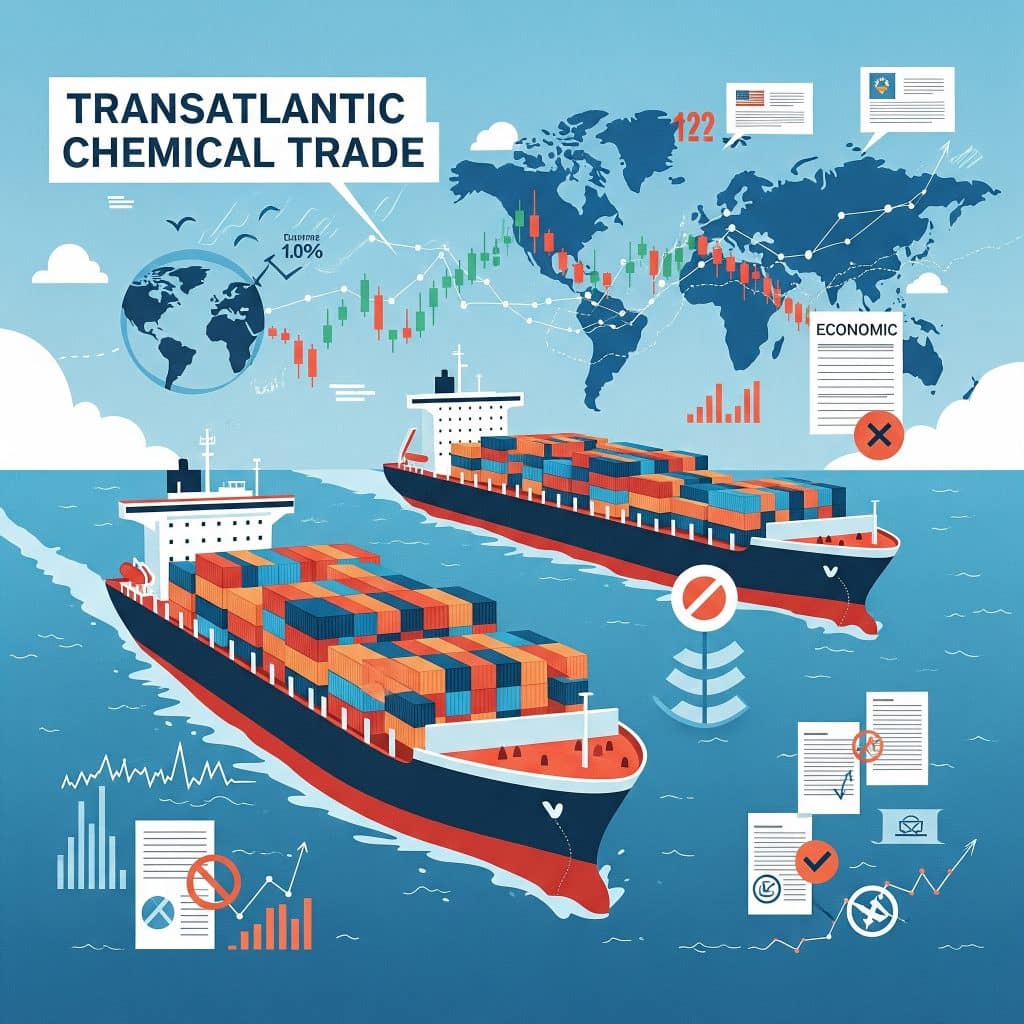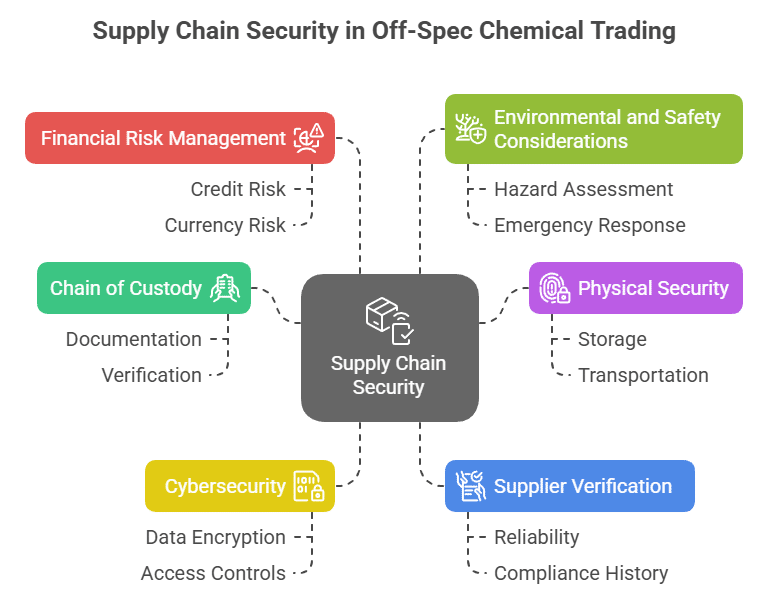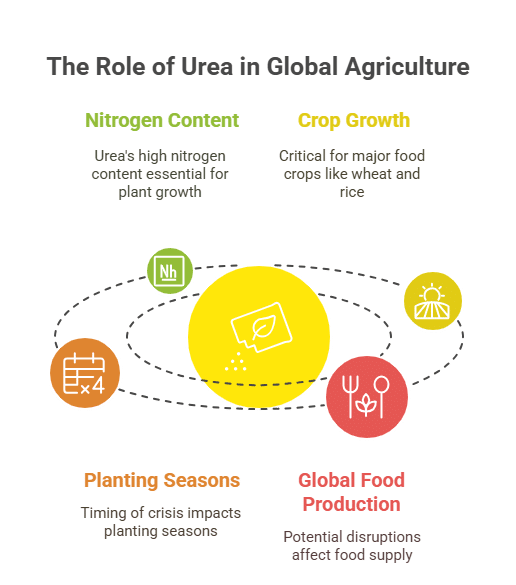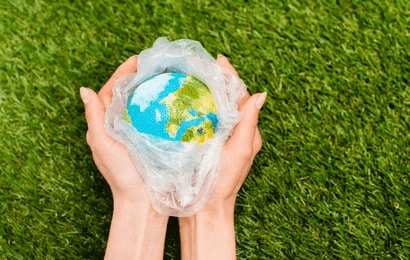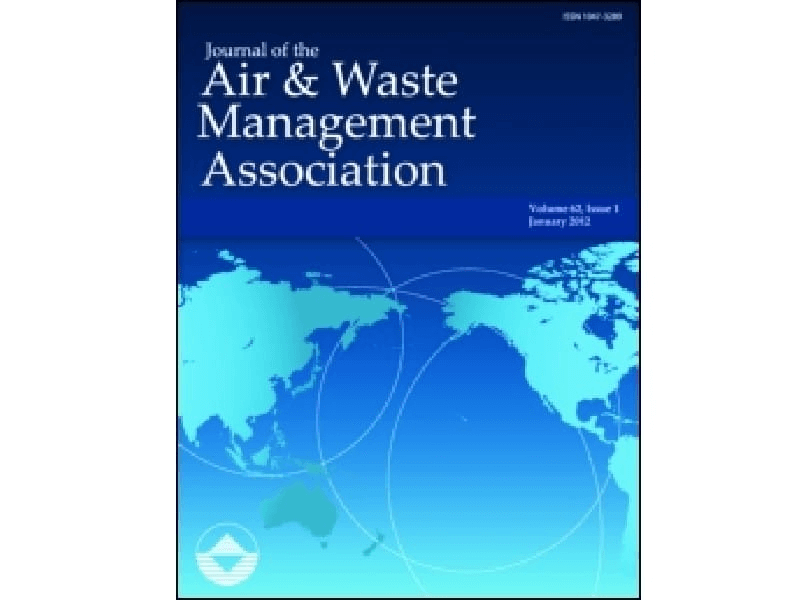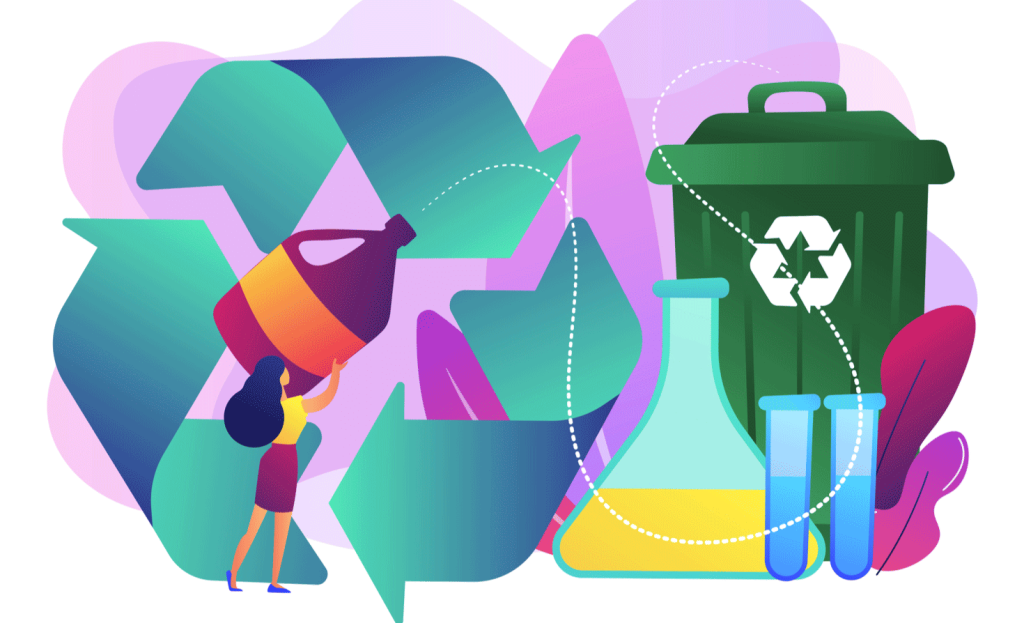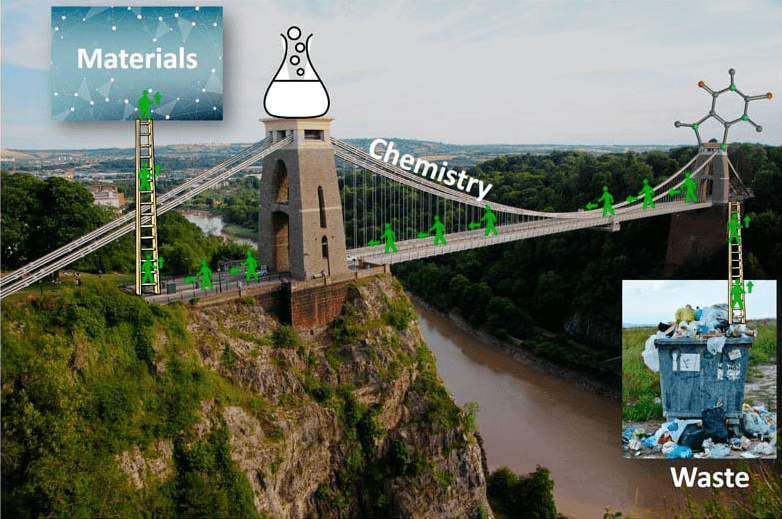Empowering Aerospace & Electronics with Surplus PTFE
Polytetrafluoroethylene (PTFE) Surplus Inventory: Innovating Aerospace & Electronics Solutions
Polytetrafluoroethylene (PTFE) in Aerospace / Electronics
Table of Contents
Surplus PTFE Turnaround: From Excess Inventory to Industry Asset
A leading aerospace components manufacturer recently encountered an operational challenge with a surplus of PTFE that had accumulated due to an earlier overproduction cycle. Rather than incurring high disposal fees and compromising storage space, the company listed its excess PTFE on a specialized trading platform. This decision resulted in a swift turnaround where the surplus inventory was purchased by an electronics firm that required extra PTFE for critical insulation applications. The transaction not only generated vital revenue but also ensured that high-quality material was repurposed effectively, contributing to both operational efficiency and environmental sustainability. This real-world example underscores how proactive surplus chemical trading can help companies meet production demands while promoting a more sustainable and profitable business model.



